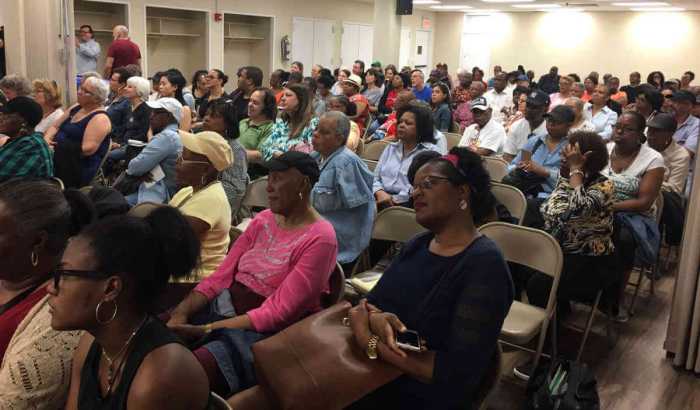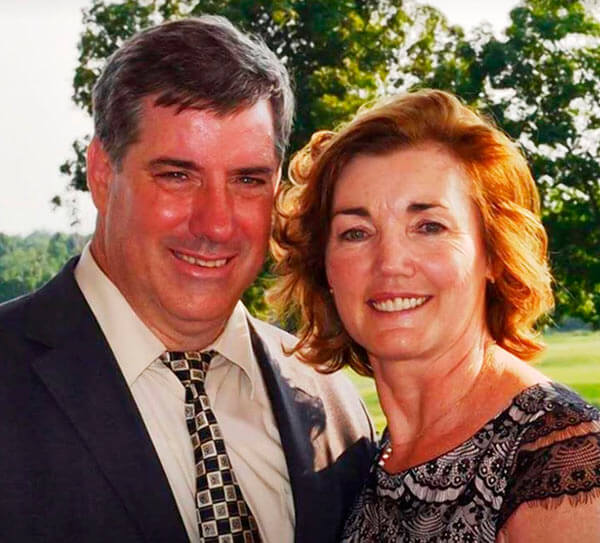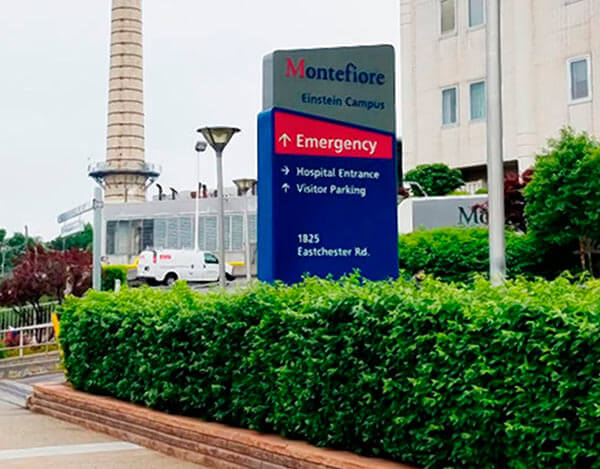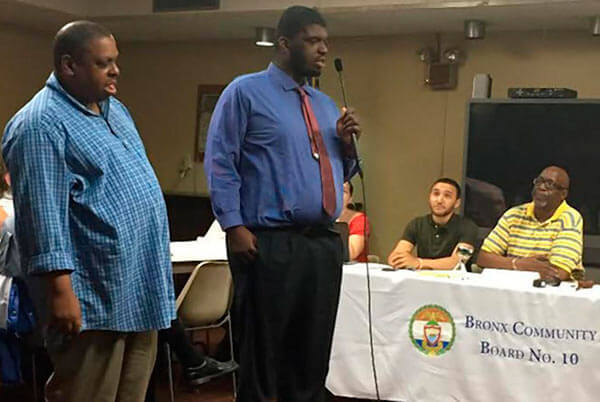Leona Teten is a 17-year-old senior at the Bronx High School of Science, the specialized school known as Bronx Science. The Spuyten Duyvil resident isn’t old enough to vote for president, or even her local councilmember, but she can vote on her local community board.
Teten is the youngest community board member currently serving in the Bronx, according to Bronx Borough President Vanessa Gibson’s office.
“The thing that most appealed to me was getting my voice heard,” Teten told the Bronx Times. “Because, I mean, I can’t vote. And it was just an avenue in which I could actually speak up, and speak about issues that affected me, and actually have an impact, which I wouldn’t really get if I was, I don’t know, tweeting.”
Gibson’s office is encouraging more youth ages 16 and older to apply for the borough’s community boards. Though the online application was originally due March 3, the deadline has been extended to March 15.
In 2021, there were three 16- and 17-year-olds and seven young adults ages 18-24 serving on the 12 Bronx community boards, according to data in a report published by Gibson’s office. There were also 134 members ages 25-44, 170 members ages 45-64 and 113 members 65 and older.
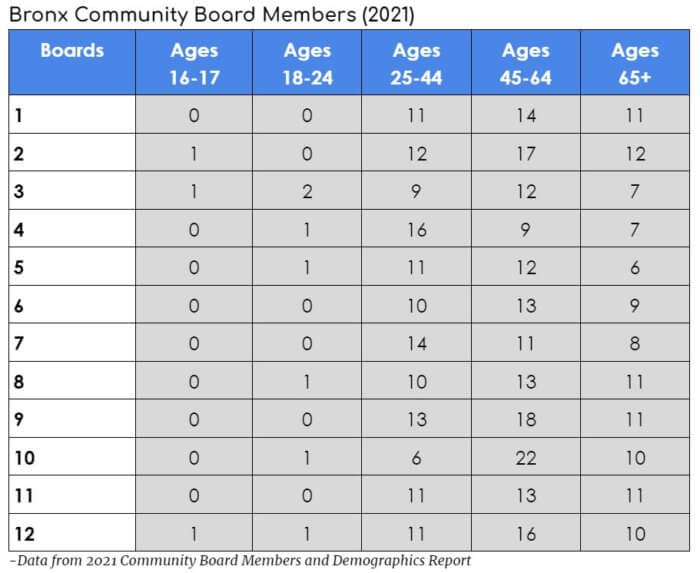
Arlene Mukoko, a spokesperson for the borough president, said Teten is the only young person currently serving on the boards, though she would not clarify what age range she was using, — despite multiple requests — making it unclear how many young adults are serving on the boards today.
Sarah Torres, who began serving on CB3 in 2020, Jonathan Martir, who began on CB2 in 2021 and Hannah Gadpaille, who began on CB12 in 2021, are all no longer on the boards, but were 16 and 17 at the time they served, Mukoko said.
According to Mukoko, two of the young board members moved on to college and another, who was in high school, had obligations that prevented the individual from fully participating.
Another example is Salsabeel Al-Silwi, a Barnard College student from Morris Park’s Little Yemen. Al-Silwi, who had interned with CB11 prior to joining the board in September 2021 at the age of 19, served until October 2022.
Data from the 2021 community board demographics report shows that less than 30% of applications across the borough led to appointments, with 318 people applying for 87 positions.
Board member terms are staggered and last two years, though long-term members who were repeatedly appointed have served for decades. For example, Martin Wolpoff and Charles Moerdler, two of Teten’s CB8 colleagues, were first appointed in 1978, according to the borough president office’s report. Members are either appointed by their local councilmember or the borough president.
Teten believes that young people would be more inclined to apply if board members were regularly allowed to participate remotely.
Boards in the Bronx aren’t operating uniformly, however, with some meeting fully in person and others in remote or hybrid formats.
Though Gov. Kathy Hochul’s executive orders that allowed for fully remote meetings during the pandemic ended in September 2022, community boards in the city have been allowed to continue meeting remotely at the mercy of Mayor Eric Adams’ executive orders declaring temporary states of emergency.
If those executive orders stop, the state’s current Open Meetings Law — at least until July 1, 2024 — allows community boards to provide remote access as long as a quorum is physically present at a location available to the public.
The commute to make in-person meetings adds a separate level of commitment that takes up homework time for students who need to wake up early for school, Teten said.
For Teten, attending in-person meetings means washing up in the Van Cortlandt Park sink after cross country instead of going home to shower, as well as worrying about getting home at night when meetings last until 10 p.m.
She also finds it easier to speak up at remote meetings, finding comfort in the structure of the hand-raising and unmuting Zoom functions, all while the meeting host has greater control over potentially unruly attendees.
“The institution of Zoom and the way that it’s kind of become a part of daily life isn’t going away,” she said.
Teten said that while there was a learning curve, board members were welcoming to her. She has brought a young perspective to the Youth Committee and learned about flood zones, drainage and tree removal on the Parks and Recreation Committee.
Teten first learned about the existence of community boards from a friend who serves on a Manhattan board. She started attending meetings in the fall of 2021 before joining the board the following September.
“I think that there would be a lot more people who would be interested if they were aware of it,” she said. “I think that a lot of people my age don’t know what the community boards are, which is a shame, because I think that they are a very interesting institution and they’re a very valuable resource.”
Serving on the board is doable for young people who can “stick to the basic tenants of time management,” said Teten, who has an intense course load at school. In her eyes, it doesn’t hurt to apply.
“You might not get in, and if you do get in and you hate it, you can resign,” she said when asked what she would tell youth interested in applying. “So there’s really no harm in giving it a shot.”
Gibson has made it a point to encourage young people to use community boards as a platform to express themselves.
“For some of our youth, their first interaction with government is attending a Community Board meeting and it can spark an interest for them to be civically engaged in their neighborhood,” Gibson said in a statement. “We need to be in our schools, at the community centers, afterschool programs, and anywhere else youth congregate, and encouraging them to apply.”
Reach Aliya Schneider at aschneider@schnepsmedia.com or (718) 260-4597. For more coverage, follow us on Twitter, Facebook and Instagram @bronxtimes


